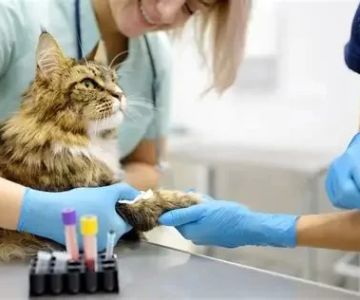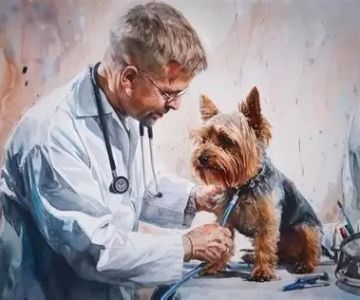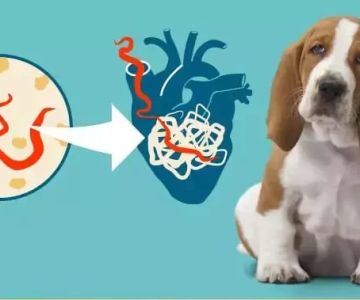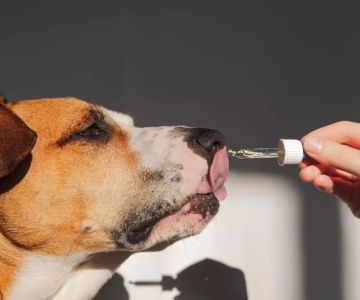Fatty Tumors in Cats: Benign or Serious? What a Vet Wants You to Know - Vet Approved Insights
- 1. Understanding Fatty Tumors in Cats
- 2. Are Fatty Tumors in Cats Benign or Dangerous?
- 3. Signs to Look For: When to See a Vet
- 4. Treatment Options for Fatty Tumors in Cats
- 5. How Hidden Brook Veterinary Can Help
1. Understanding Fatty Tumors in Cats
Fatty tumors, also known as lipomas, are among the most common types of benign growths found in cats. These lumps are typically soft, movable under the skin, and slow-growing. They are made up of fat cells and are generally not harmful. However, understanding their nature and monitoring any changes is essential for your cat’s health.
2. Are Fatty Tumors in Cats Benign or Dangerous?
In most cases, fatty tumors in cats are benign, meaning they are not cancerous. These tumors are usually harmless and don’t spread to other parts of the body. However, some cats can develop malignant tumors or tumors that cause discomfort or difficulty with movement.
2.1 Common Characteristics of Benign Fatty Tumors
Benign fatty tumors tend to have the following characteristics:
- Soft and pliable texture
- Movable under the skin
- Slow-growing and relatively small
2.2 When Fatty Tumors May Be of Concern
While most fatty tumors are not dangerous, some may grow large enough to affect your cat's quality of life. Additionally, in rare cases, a fatty tumor could turn malignant, so it’s important to keep an eye on any changes in size or appearance. If you notice that a lump is hard, rapidly growing, or causing pain, a vet consultation is recommended.
3. Signs to Look For: When to See a Vet
While fatty tumors are often harmless, there are certain signs that warrant a vet visit. If you observe any of the following, it's essential to consult a veterinarian:
3.1 Sudden Growth or Hardening
If a lump becomes firmer or grows rapidly, this could indicate a more serious condition that needs to be examined by a vet.
3.2 Discomfort or Pain
If your cat seems to be in pain or is avoiding movement because of a tumor, it’s time to visit a vet for a thorough evaluation.
3.3 Change in Shape or Appearance
Any noticeable changes in the shape, texture, or appearance of a fatty tumor should be brought to your vet's attention. This could help rule out more serious conditions, such as cancer.
4. Treatment Options for Fatty Tumors in Cats
Most fatty tumors in cats don’t require treatment unless they are causing discomfort or growing to an undesirable size. If necessary, there are various treatment options available:
4.1 Monitoring
If the tumor is small and not causing any issues, your vet may suggest simply monitoring it regularly to ensure it doesn’t change in size or cause any problems.
4.2 Surgical Removal
For larger tumors or those causing discomfort, surgical removal may be the best option. This is a relatively straightforward procedure that your vet will discuss with you if deemed necessary.
4.3 Biopsy
If there’s concern that the tumor could be malignant, a biopsy may be performed to determine its nature. This will help the vet decide whether additional treatments are required.
5. How Hidden Brook Veterinary Can Help
At Hidden Brook Veterinary, we understand how concerning it can be when you discover a lump on your cat. Our team of experienced vets is here to provide a thorough examination, accurate diagnosis, and tailored treatment options to ensure your cat’s health and comfort.
If your cat has developed a fatty tumor, don't hesitate to book a consultation. Our veterinary professionals will assess the tumor’s size, characteristics, and potential risks, guiding you through the next steps for treatment or monitoring.











